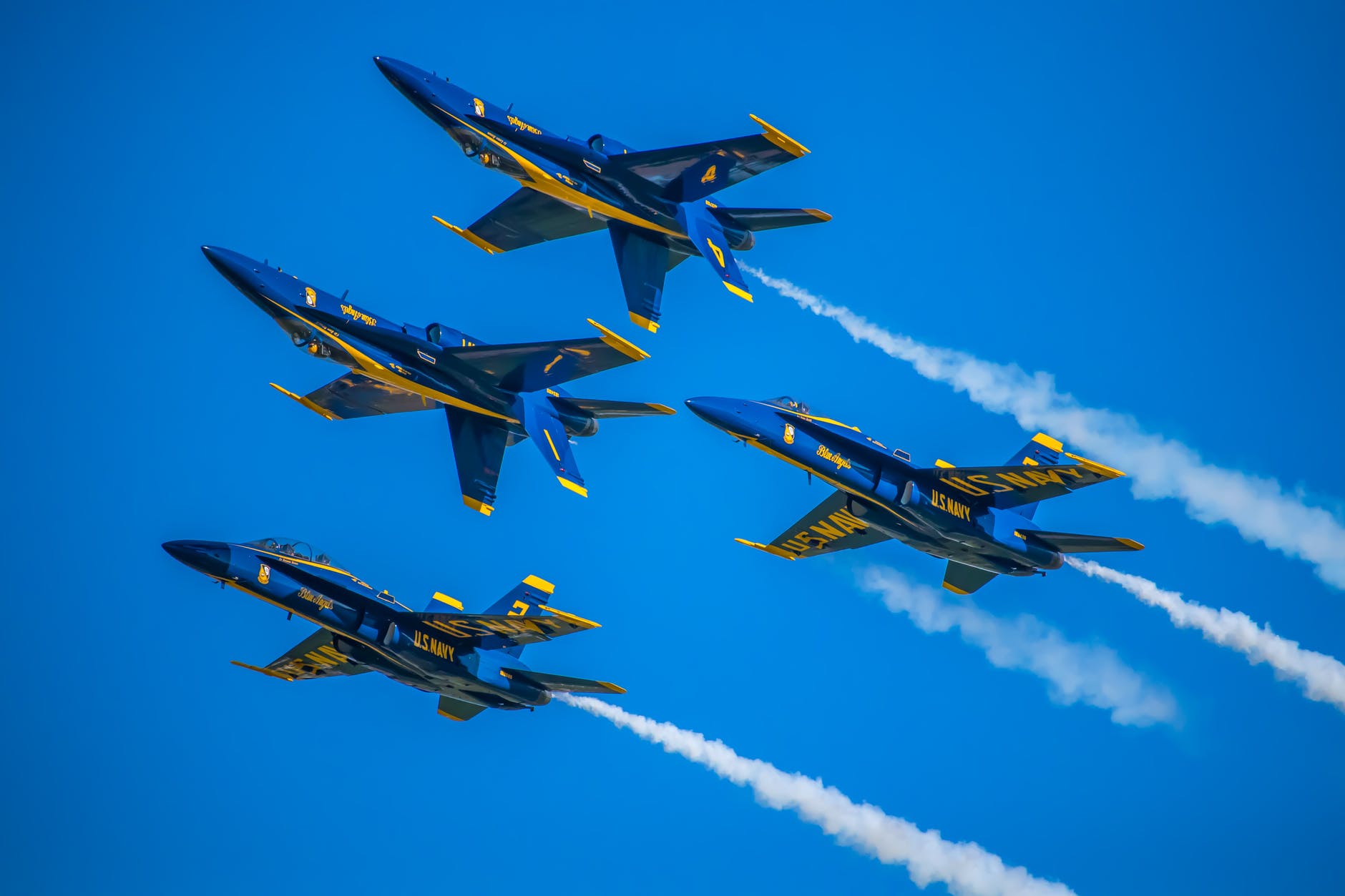
This is a situation report from yesterday from Clint Ehrlich. I have found him to be a good source of information. You can follow him on Twitter. – Natylie
Day 4- SITREP: The gulf between popular perception and strategic reality continues to grow in Ukraine.
If you only read Western media, you would think the Russian military was on the verge of defeat.
In reality, they have a clear path to victory.Satellite imagery indicates that a massive Russian armored column, with +800 vehicles, is approaching Kiev from the north.
At the same time, Russian forces in the East are working to link up and encircle a large fraction of the Ukrainian military.
What we’re witnessing is a funhouse mirror version of the Gulf War.
During that conflict, images of smart bombing broadcast into American homes highlighted U.S. dominance.
Today, Twitter images of Ukrainian tactical success are creating a false narrative of Russian defeat.
The single least appreciated fact about the current conflict is that Russia has only committed 1/2 to 2/3 of the forces it built up around Ukraine’s borders.
It also has the ability to draw Belarus into the war, whose armored divisions would represent a potent “fourth wave.”
What Russia *has* suffered is a massive defeat in information warfare.
The narrative of Ukrainian success is having real consequences in terms of the willingness of foreign powers to toughen sanctions and provide military aid.
We have already seen the Ruble fall to its lowest exchange rate in history (100:1) vs. the Dollar.
This is not quite enough to destabilize the Russian economy – in the sense of causing internal political chaos – but it’s enough that ordinary Russians are scared.
Before the war, Western polling showed that Russians favored military intervention in Ukraine to prevent NATO membership by a 2:1 margin.
But it’s clear that they did not appreciate that Russia would become a global pariah state. I don’t believe the war enjoys that support now.
Today, I’m worried that Western nations may overplay their hand in trying to remove Putin.
They have drawn blood in their attempts to harm Russia’s economy, and they will seek to go further in driving the Russian people to rise up and demand an end to the war.
There are two scenarios that could endanger the world.
First, if the West attempts to take direct action against Putin – e.g., foreign intelligence agencies trying to stage a “Maidan on Red Square” – the Kremlin may consider that an attack on the existence of the Russian state.
Critically, Russia has reserved the right to use nuclear weapons in response to attacks that threaten the existence of the state.
With Putin already putting nuclear forces on high alert, and Western powers now seeking to remove him, we have entered a dangerous new era.
Second, if the West *succeeds* in ousting Putin, that could be even more dangerous.
The last thing the world needs is a civil war inside a country with thousands of nuclear weapons.
But that is exactly what we could get if we try to destabilize the Russian state.
I am not predicting that Putin will lose power in the foreseeable future.
But in a week, we have gone from that being *unthinkable* to it instead being a remote possibility.
His legacy has already been permanently altered. His popular support inside Russia is not infinite.
Russia today presents a paradox.
On paper, it is a state with a GDP the size of Spain, whose economy is vulnerable to disruption by the West.
But its *military technological capabilities* exceed ours on many axes.
For example, Russia fields the Kh-47M2 Kinzhal (“Dagger”) missile.
It is three times the size of a Tomahawk, and 13 times faster. It has the range to annihilate any U.S. carrier strike group at Mach 10.
Technology like that is why poking Russia is scary.
By invading Ukraine, Vladimir Putin has demonstrated a willingness to use force against his neighbors.
But it’s unlikely he would actually seek a confrontation with NATO.
The best way to bring about that kind of war is to pursue his removal from power, as many now want to.
I mentioned GDP above, since it’s the point Western critics often echo.
But PPP is the more accurate metric for Russia’s military capabilities, since most of its expenses are Ruble denominated.
Its PPP is more than twice that of Spain and just under Germany.An even better metric is CINC – Composite Index of National Capability.
This is a metric that factors a state’s fraction of global demographic, economic, and military power.
It ranks Russia as the #5 power on Earth, and China as #1. Not a perfect indicator, but informative.Update: I can’t vouch for this journalist, but his information is logical. Highly plausible Europeans will fly these planes while pretending they’re piloted by the Ukrainian Air Force.
For now, I’ll be adding more updates on the Russian war in Ukraine here.
First, there’s been a lot of attention on Belarus revoking its status as a nuclear-weapons-free state.
This opens the door for Russia to deploy nukes to its territory. Is this significant? Yes and no.
A naive person looking at a map would think that Belarus’ decision would push Russian nukes far deeper into Western Europe.
In reality, Russia is already likely storing nuclear weapons in Kaliningrad, between Poland and Lithuania.
There has also been a lot of attention paid to the E.U. banning transactions with Russia’s Central Bank.
However, there is a big loophole: Transactions will still be processed when necessary to preserve the “stability” of the Union or its members.
Ultimate effect = Unclear.There is video that seems to show Russian forces attacking Kiev.
However, I advise remaining skeptical. We’ve heard reports like this before that did not pan out.
If it were a full assault, I would expect much more media to already have appeared.


